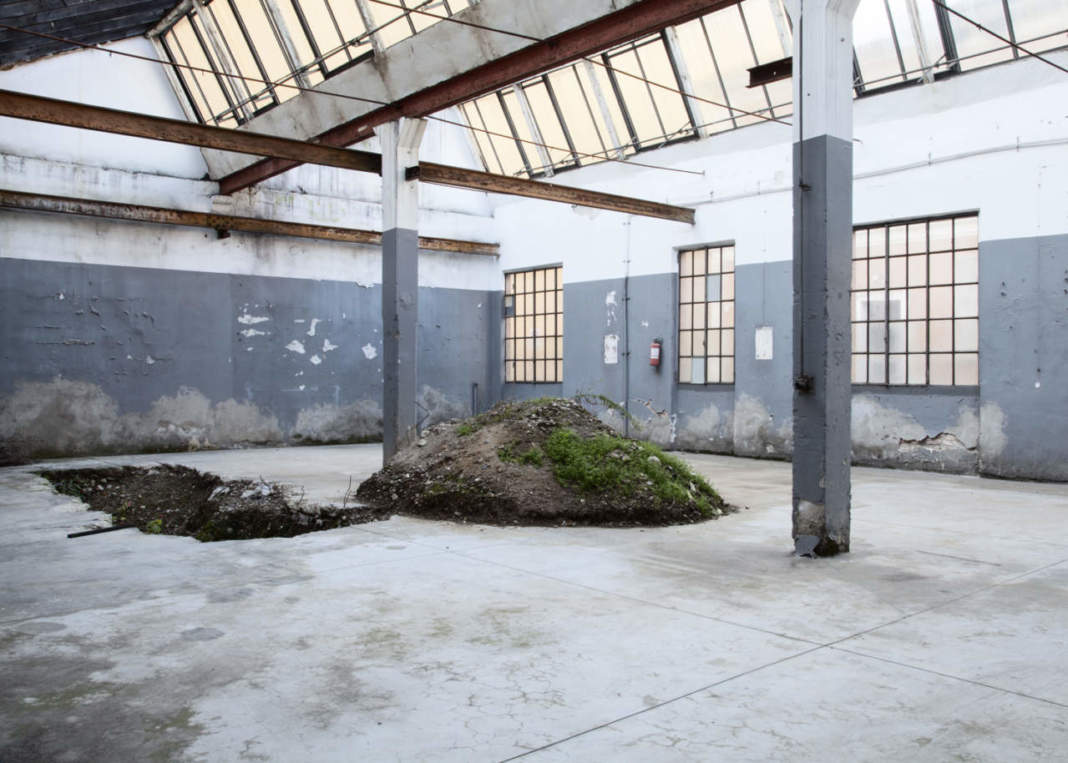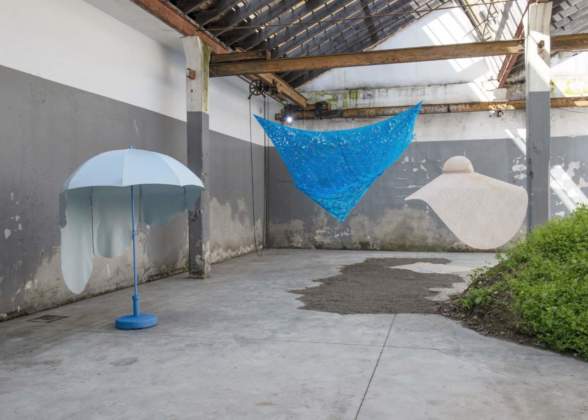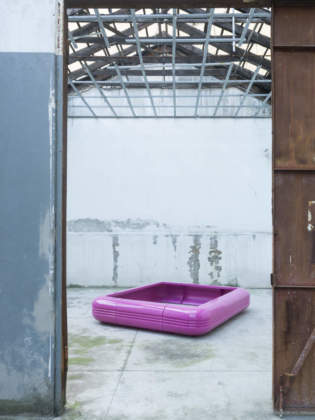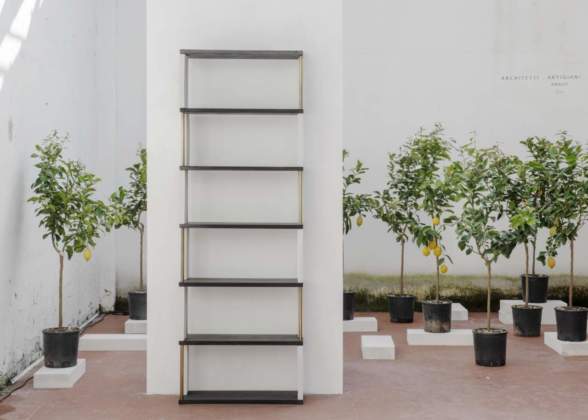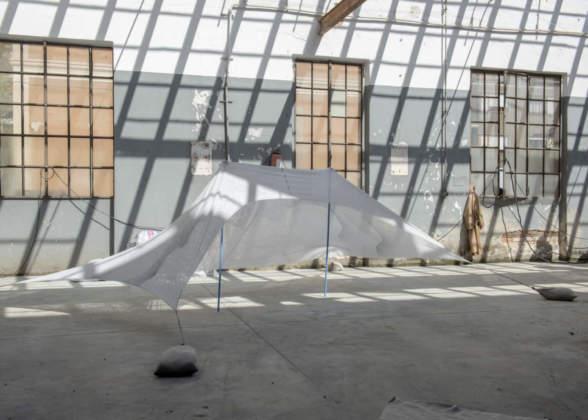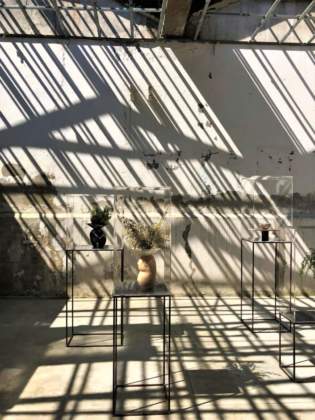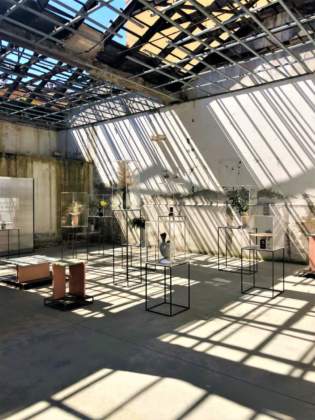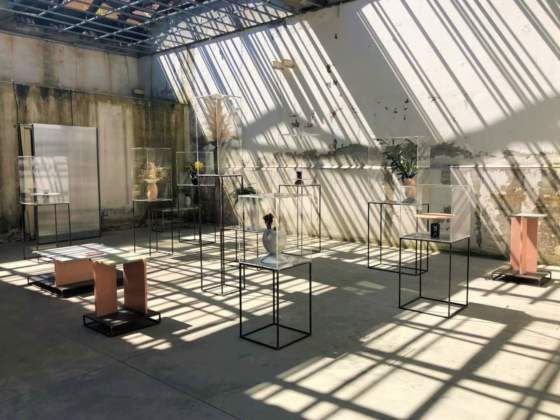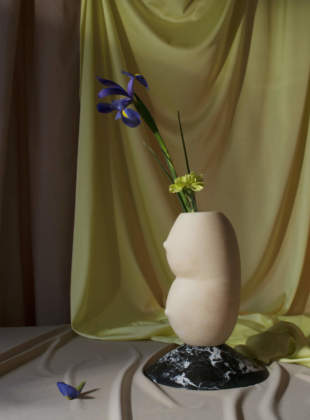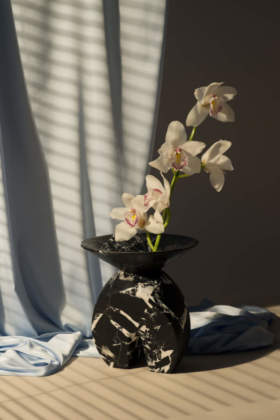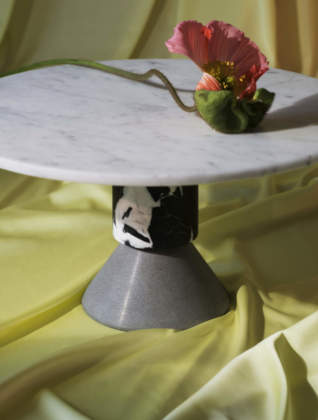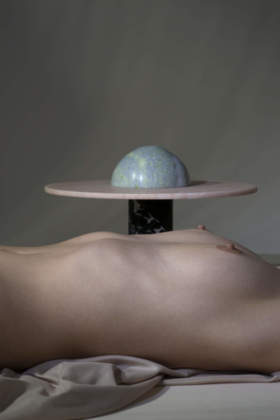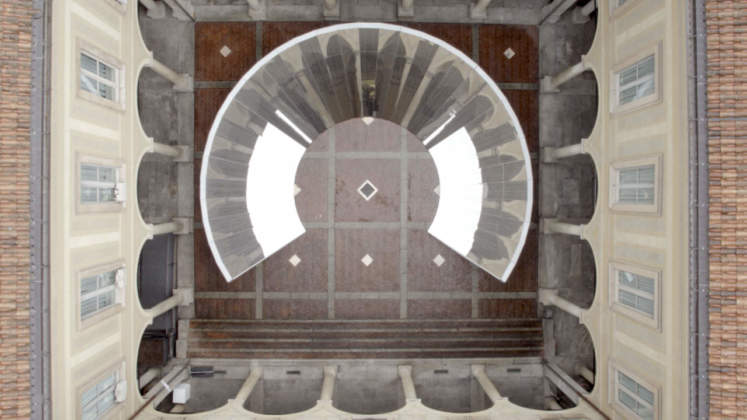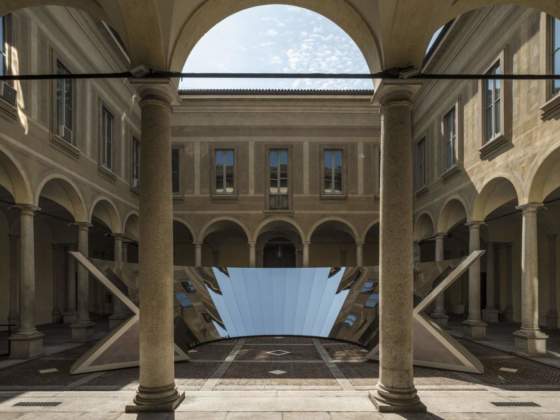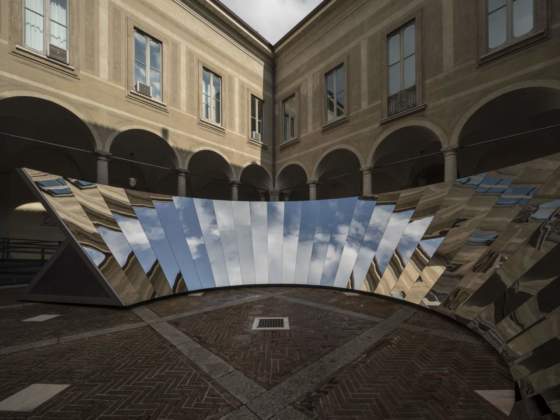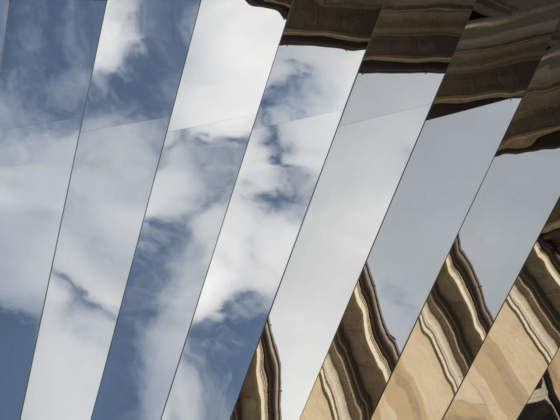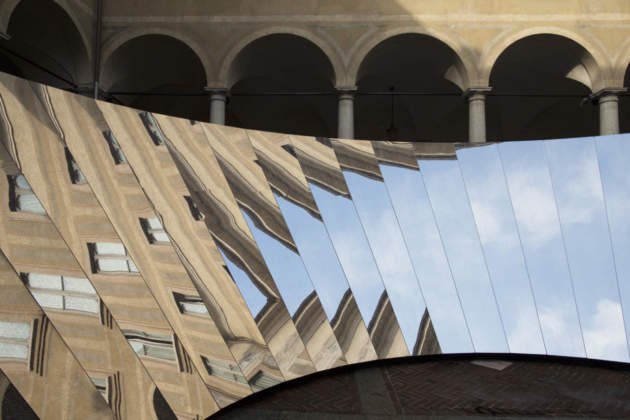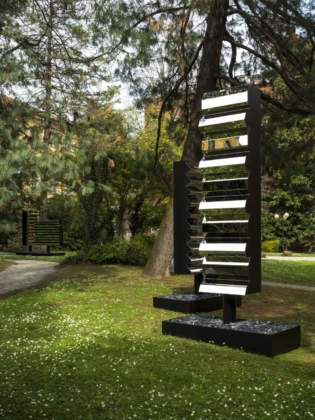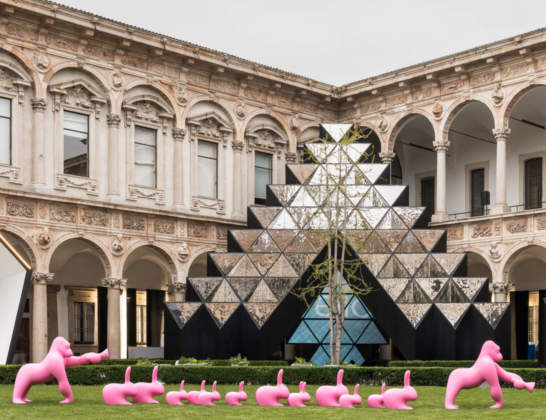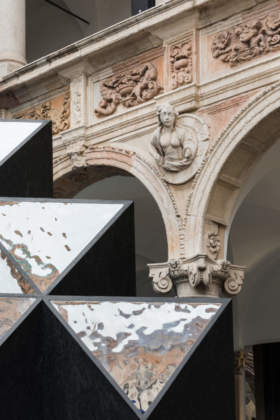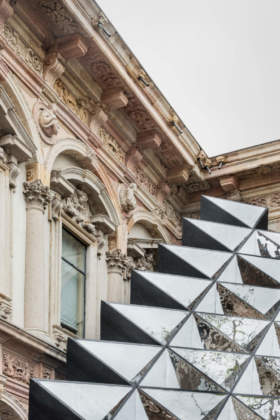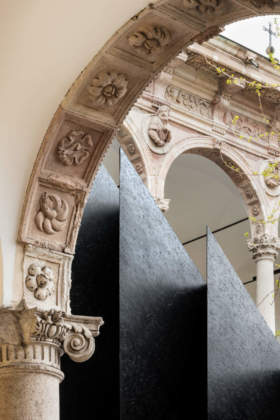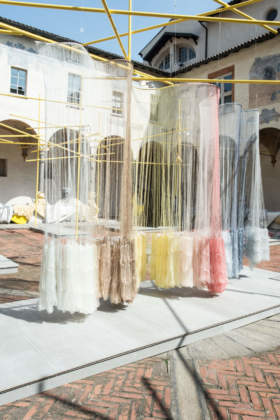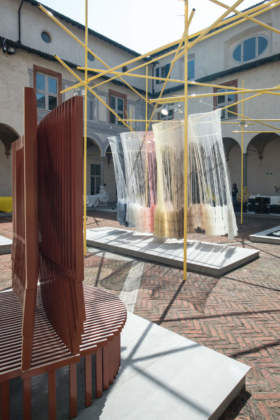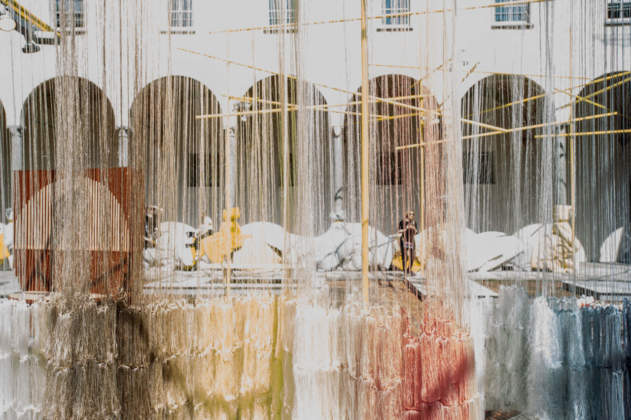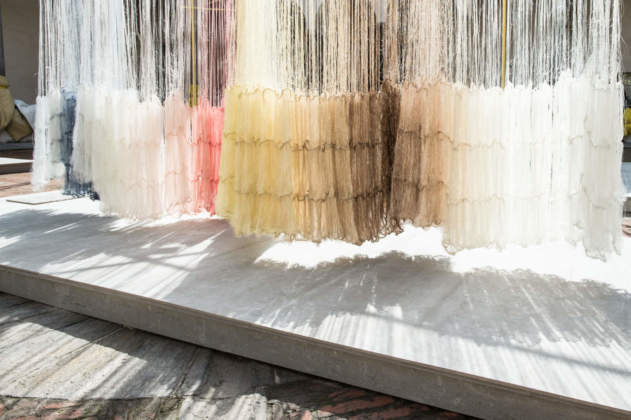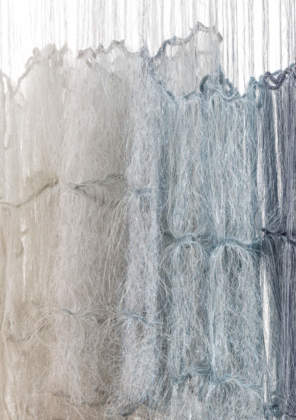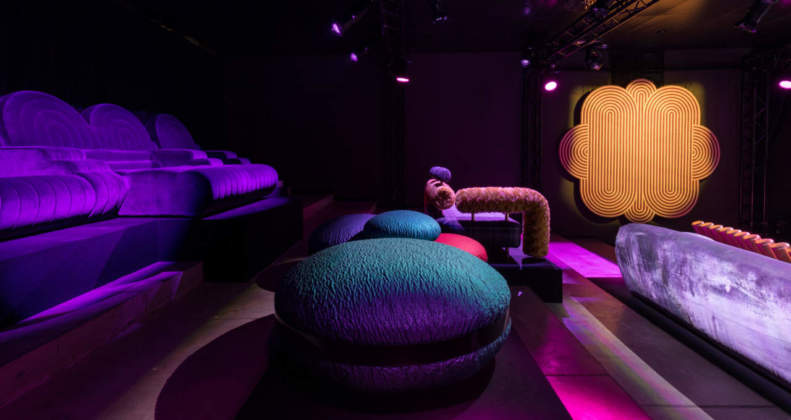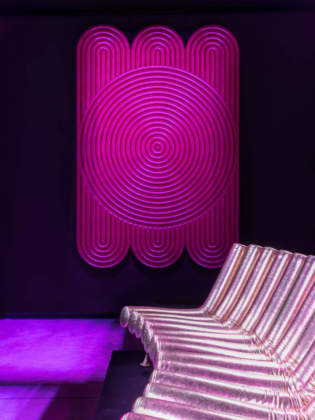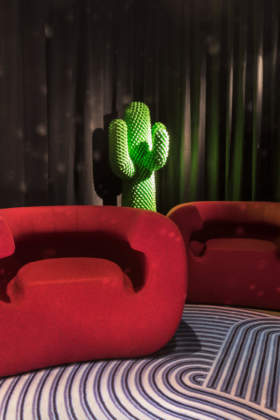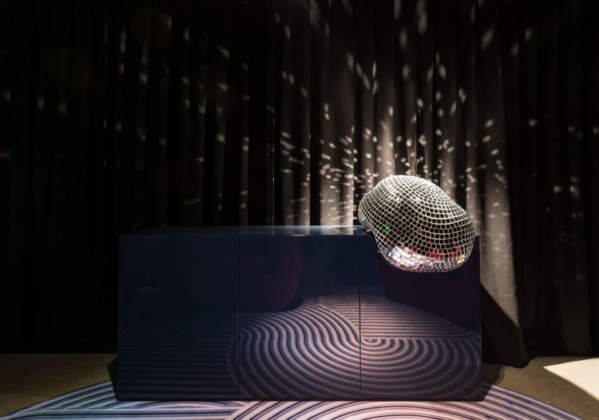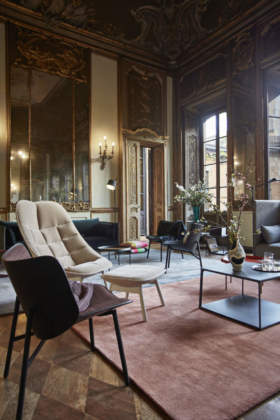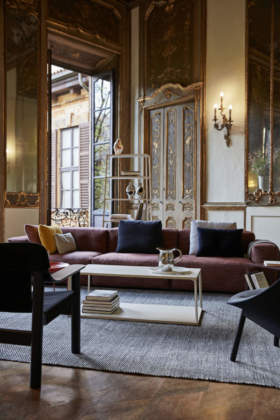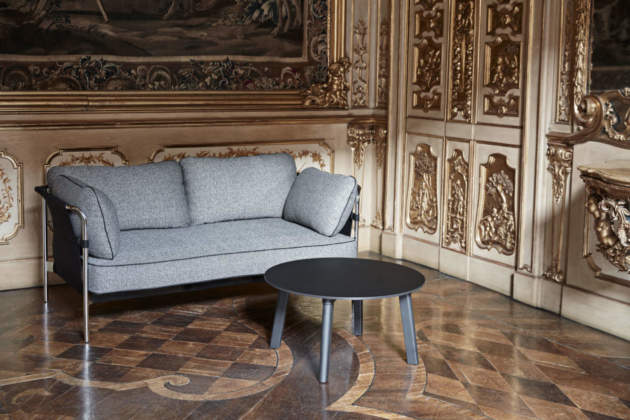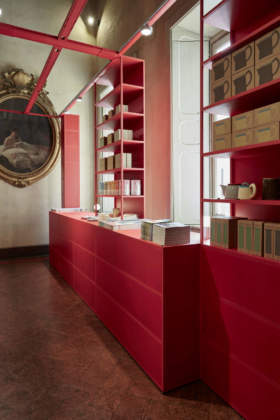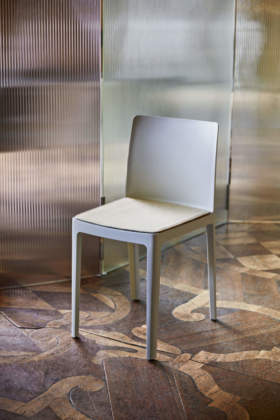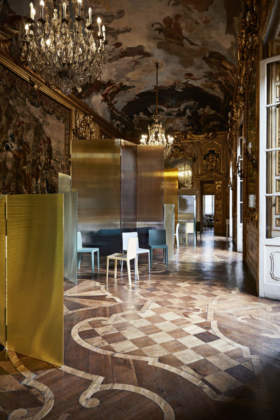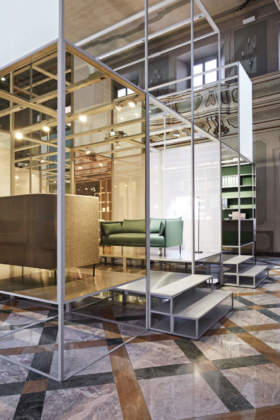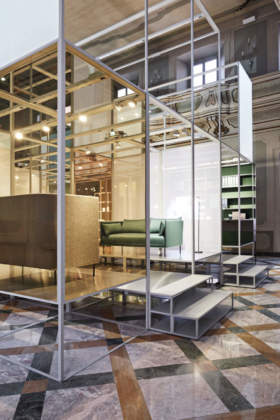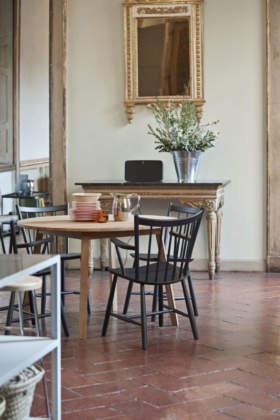More and more, year after year, thousands of people come to Milan during the Design Week. Indeed, this is an unmissable event for those who are keen on architecture, design and art but not only. During the Milan Design Week, the city is livelier than ever and especially this year thanks to the contribute of many Italian institutions, international sponsors and to the collaboration of many creative figures.
The result has been so excellent to establish a global record of 434 people visiting Salone and Fuorisalone.
Area editorial staff has selected those that were particularly worthy, and summed up their characteristics in order to explain why it was a good idea to go.
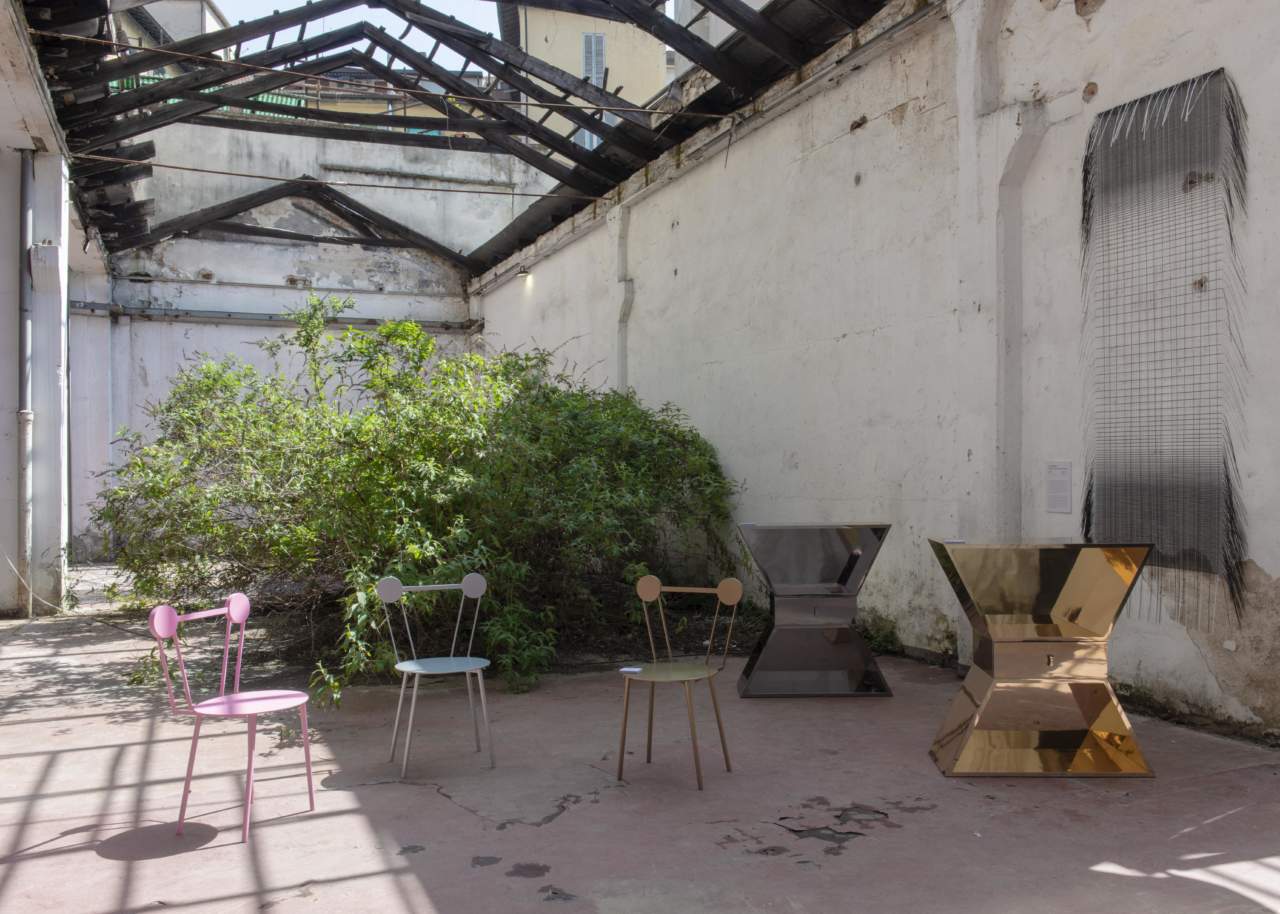
During Fuorisalone 2018, Alcova opened the doors of one of Milan’s most historic panettone factories to the public for the first time. For the duration of Design Week, the complex’s vast spaces - partly taken over by plants and vegetation - hosted new projects by designers, institutions, galleries and companies working at the avant-garde of themes such as contemporary living, design culture, materials and technological innovation.
Alcova is a project by Space Caviar e Studio Védet and regarding the partecipants, it included experimental collectives such as Better Known As, established names of the design sphere such as Gijs Bakker, and designers working with materials research such as Buro Belén, practices working with the Italian tradition of craftsmanship such as Bloc Studios and Architetti Artigiani Anonimi. Work will also be presented by renowned international institutions such as Z33 and studios conducting research into anonymous design such as Nanban.
Based on the emerging vision of marble that involves re-thinking functional design out of industrial excess, Bloc Studios is built on the ideas of international collaborations and in-house designed pieces. At the Milan Design Week, the new creative team, formed by Sara Ferron Cima and Massimo Ciuffi in 2014 in Carrara, presented three new series of objects created in collaboration with designers Valentina Cameranesi and Nick Ross, and design studio Objects of Common Interest. For the first time, these objects have combined marble with new hues, which range from the Portugal pink and jade green of the accessories by Nick Ross, to the pietra serena, white arabesque, and noir antique of the vases by Valentina Cameranesi, with which marble takes on a more organic, anthropomorphic shape. In addition to all this, thanks to the collaboration with Objects of Common Interest, research and experimentation gave life to a series of colourful sculptural totems.

Like always, the exhibition by COS was in the spotlight. At this time, the American artist Phillip K. Smith III was chosen as the creative director. The London-based fashion brand unveiled Open Sky, a large-scale sculptural installation by artist Phillip K. Smith III, site-specific to Milan’s Palazzo Isimbardi on view during Salone del Mobile 2018.
Phillip K. Smith III’s works are famous for interacting with their natural surroundings allowing to experience spaces in unique new ways.
Open Sky in particular has transformed the overhead square of sky of Palazzo Isimbardi’s courtyard into a grounded, physical ring of reflected sky.
The exhibition was shown for few days, from the 17th untill the 22nd of April, but in this short time, it inspired many people and let each person leave the Palazzo with their own unique experience.
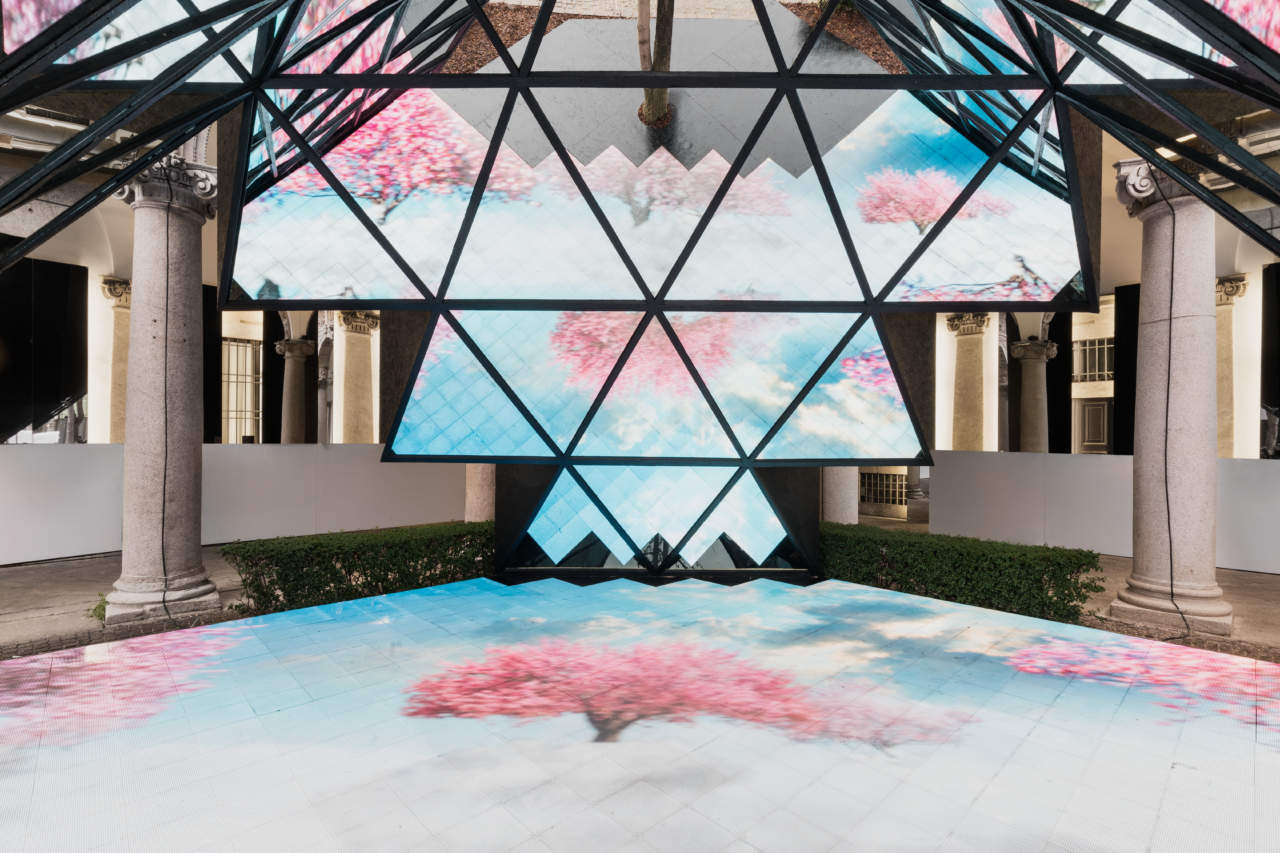
Another temporary sculptural element, that used mirrored surfaces as a play of points of view, is Visionair designed by Labics and part House-in-motion by 'Interni'.
It happened inside Ca' Granda, small architecture that tells its character by the architectonic form located in via Festa del Perdono.
It represented a prototype, a comunicative object, a work that follows the relentless research on the relationship between space and architecture made by Maria Claudia Clemente and Francesco Isidori.
The perception of the space changes between inside and outside the object, like a caleidoscope, where pictures are broken down, framed, mirrored and set together in order to show new and unexpected shapes and stories.
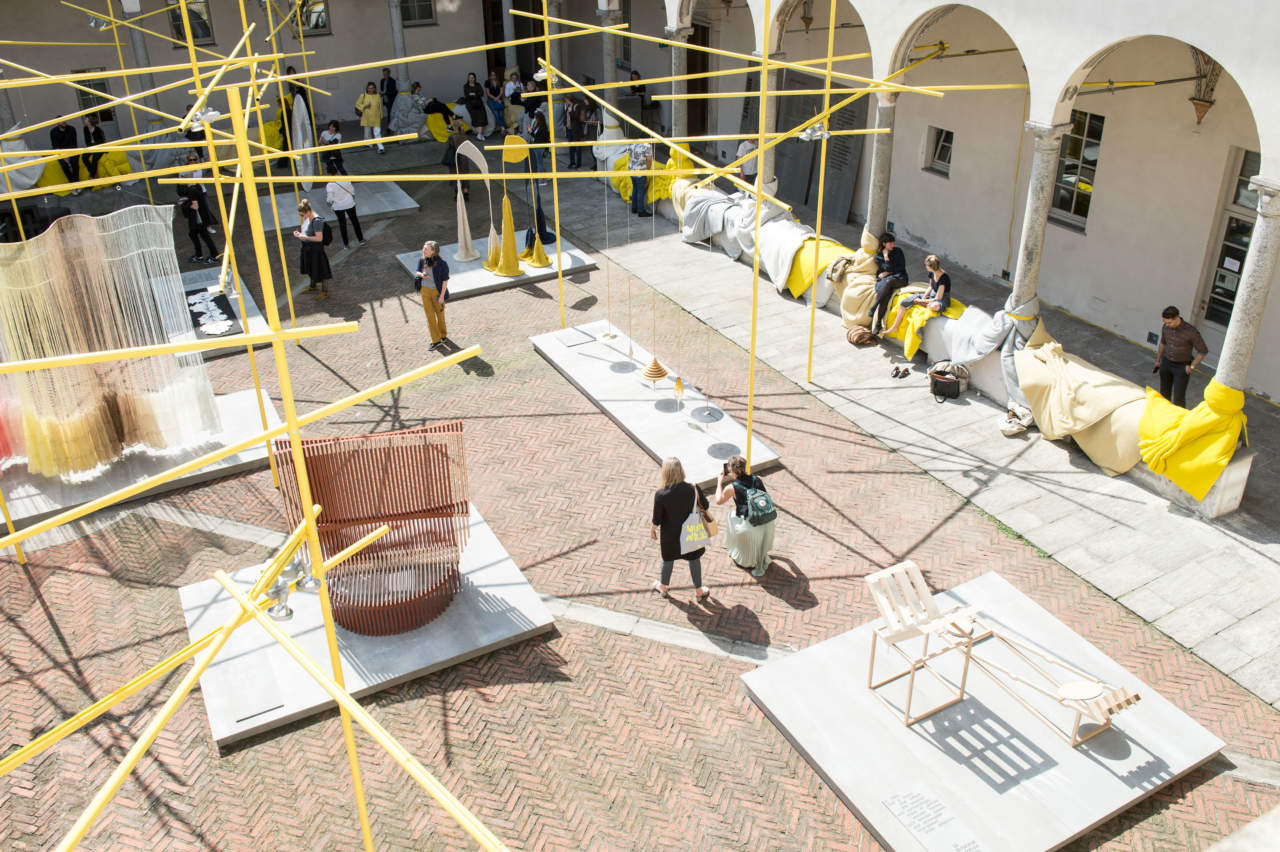
Moreover, in the historical San Simpliciano cloister, MINDCRAFT18, Danish collective directed by Ditte Hammerstrøm, focused the essence of the work on design and craft, with an emphasis on the hands-on engagement with material and the visual, aesthetic and sensuous qualities of the object.
Among the partecipants, Aurora Borealis by Iben Høj is a knit sculpture suspended from a sinuous acrylic rod. The shimmering fabric incorporates extremely fine-gauge strands, including a fibre with glow-in-the-dark properties that is charged in daylight and subsequently emits light for a limited period of time. The work was created using hand-operated knitting machines. The large size required the use of several machines at once in an elaborate process where the thread was carefully moved from one thread guide to the next. The yarn is made of up to seven different strands, which makes it possible to gradually change the colour of individual threads to achieve the desired shimmering effect in a process that Høj describes as ‘painting with fibres’. The finished work incorporates more than 50 different fibres.
In the Mediateca Santa Teresa, Gufram restless energy and joie de vivre could not find a better way to explode during the 2018 Milano Design Week.
Truly embedded in the historical pieces that the company has always presented in its trilling and colorful catalogues since the tumultuous and fascinating times of Italian Radical Design, this year Gufram makes everybody dance at Disco Gufram, its own visionary disco.
Atelier Biagetti, has been asked to interpret the just mentioned Gufram past collection of upholstered disco seats together with GGSV and ROTGANZEN, with the ambitious mission to make the visitors dance within the walls.
With Disco Gufram the Italian brand pushes the limits of furniture to offer us an energetic, kaleidoscopic, and enthusiastic experience.
HAY, Sonos and WeWork have also come together for the 2018 Milan Design Week to present their shared vision for the future of design, collaboration and living spaces, driven by innovation, passion and the unlimited possibilities that evolve from the desire to create better experiences for everyday life.
Located in the heart of Milan at the historical Palazzo Clerici, the exhibition offered over 1500m2 of design for everyday living and working environments. The ornate atmosphere of Clerici sets the framework for a series of installations that celebrate the past while evolving for the future. The juxtaposition of old and new amplified the experience and elevated design, while offering visitors the opportunity to explore numerous spaces, socialise, shop or attend topical discussions.
In the end, Panasonic celebrated its hundred years from the foundation of the international company, through a temporary exhibition entitled Air Inventions, located in the Brera museum.
More than a temporary pavilion that allows visitors to breath the cleanest air of the city, the immersive installation featured innovative air purification technology and a series of talks addressing our rapidly changing word, inviting people to partecipate in an open and cutting-edge discussion.


